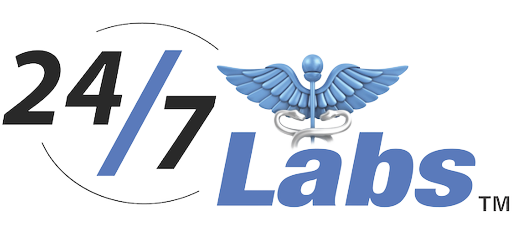Eating disorders are a type of psychological disorder characterized by abnormal eating habits. Biological and environmental factors play a massive negative impact on the eating habits of people. It leads to affecting their physical and mental health. Here are the types of eating disorders:
Anorexia Nervosa
Anorexia nervosa is the most common type of eating disorder observed in adolescents. This eating disorder can lead to a severe loss of weight. Individuals with extreme fear of gaining weight can opt for a low-calorie diet. Some of the causes of Anorexia nervosa include the following.
- People with this have a negative self-body image and constantly try to lose weight. Research suggests that chemical messengers from the brain (such as serotonin) are the causative factors of Anorexia nervosa.
- Excessive social pressure from society, media, magazines, and the social environment can considerably influence adolescents.
- Individuals affected with obsessive-compulsive disorder (OCD) are more likely to develop Anorexia nervosa predisposing them to maintain unrealistic body images and strict diet.
Symptoms
The common symptoms of this include extreme fatigue, insomnia, thinning of hair follicles, inability to maintain a normal weight, irregular menstrual cycles, dry skin, yellow or blotchy skin, infertility, brittle nails, and low blood pressure. People with Anorexia nervosa exercise excessively, using diuretics, diet pills, and laxatives, and refraining from having meals. Irritability, withdrawal from social gatherings and activities, depression, and hunger denial are also common in such individuals. Hence, people with Anorexia nervosa possess a relentless pursuit of thinness and unwillingness to maintain a healthy weight.
Bulimia Nervosa
Bulimia nervosa is a type of eating disorder in which individuals eat unusually large amounts of food until the person becomes painfully full. The disease is characterized by binge eating followed by purging to remove the food from the digestive tract. Forced vomiting, exercising excessively, and using diuretics or laxatives can be some forms of purging. Individuals that are easily influenced by the media and entertainment industry are often diagnosed with Bulimia nervosa. Hence, individuals with anger issues, perfectionism, impulsiveness, and depression are more likely to develop Bulimia nervosa.
Symptoms
The common symptoms of this include extreme fear of gaining weight, stained teeth due to stomach acid, forceful vomiting, calluses on the back of hands, binge eating, and excessive exercise. It is common that such individuals have a negative body image, use diuretics, laxatives, or supplements for losing weight, and are preoccupied with thoughts about body weight. Such individuals use bathrooms immediately after meals to purge out the stomach content. Therefore, Bulimia Nervosa can lead to kidney failure, digestive problems, anxiety, depression, alcohol problems, dehydration, cardiac problems, tooth decay, deficiencies of nutrients, gum diseases, and chemical imbalances.
Avoidant/ Restrictive Food Intake Disorder (ARFID)
This disorder is another category of eating disorder. This is common in infants and children. Here’s a list of factors leading to the development of Avoidant/ Restrictive Food Intake Disorder.
- Children with past traumatic eating experiences such as choking or vomiting are more likely to develop Avoidant/ Restrictive Food Intake Disorder.
- Children who do not prefer textures smells, and taste of food items are at a higher risk of developing.
- Emotional aspects of a child’s life are also a factor influencing this eating disorder. Lack of care or affection from parents can amplify the negative effect of this disease.
Synonyms
Underweight, irregular bowel movements, frequent irritable cries, vomiting, and social withdrawal are the common symptoms of Avoidant/ Restrictive Food Intake Disorder.
Pica
Pica is a type of eating disorder in which individuals consume food items that have zero nutritional value and calorific value. This disorder can lead to lead poisoning in affected individuals. The Pica eating disorder is commonly diagnosed in males under the age of 13 having food allergies and gastrointestinal problems. People who have Pica consume food items such as ice, dirt, sand, buttons, chalk, glue, cigarette ashes, soap, paint, and feces. Pica eating disorder can lead to deficiencies of iron, zinc, and other essential minerals in the body. Dieting and malnourishment can lead to Pica disorder as such individuals develop a dependence on nonfood items to feel full. Hence, Pica eating disorder is precarious and can lead to poisoning, intestinal blockages, parasitic infections, and choking.
Conclusion
Furthermore, there are other types of eating disorders apart from the aforementioned types. These include binge eating disorder (BED), other specified feeding or eating disorder (OSFED), unspecified feeding or eating disorder (USFED), rumination disorder, and compulsive overeating. Along with diabulimia, night eating syndrome, nocturnal sleep-related eating disorder, and orthopedic nervosa. Eating disorders can lead to serious body complications such as kidney failure, digestive problems, anxiety, dehydration, cardiac problems, depression, nutrient deficiencies, gum diseases, and chemical imbalances. Therefore, an eating disorder can be handled by individual therapies, group therapies, or family therapies helping individuals unburdening themselves.




